I just signed up to this forum and wanted to introduce myself post some cheese making information
I live on a very rural farm and we make cheese every day, however not being a rocket scientist or a cheese coinsure I am at a loss as to what type of cheese it would be classified as. Also forgive me if I don’t get all the cheese terminology down right
We simply call it fresh cow’s cheese because all we do is take the milk from the daily milking bring it inside add the chemical to get it to curdle and then spate it grind it and then mold it. We then let it sit in the refrigerator. That’s it.
The process we use is nothing fancy but I have created a photo step by step instruction to show how we do it. If anyone can help me with the classification of this simple cheese I would appreciate it greatly, also if anyone has can look at our set up and make any suggestions to the other types of cheeses we can make with some instructions I would really appreciate it.
I will have to post this thread in two parts as it’s very long and there is a picture limit to each new thread.
Here is part 1 of 2 parts.
___________________
Fresh Cheese making
Here is our fresh cow cheese process that we make almost daily. There are many different types of cheese that can be made; here is one of the easiest and fastest ones to make.
First start with the fresh cow’s milk, this is fresh from the daily milking within the hour. We take the milk from the small buckets and pour it into these larger 5 gallon buckets, with the cows we have we can fill 2 ½ of these five gallons buckets each day.
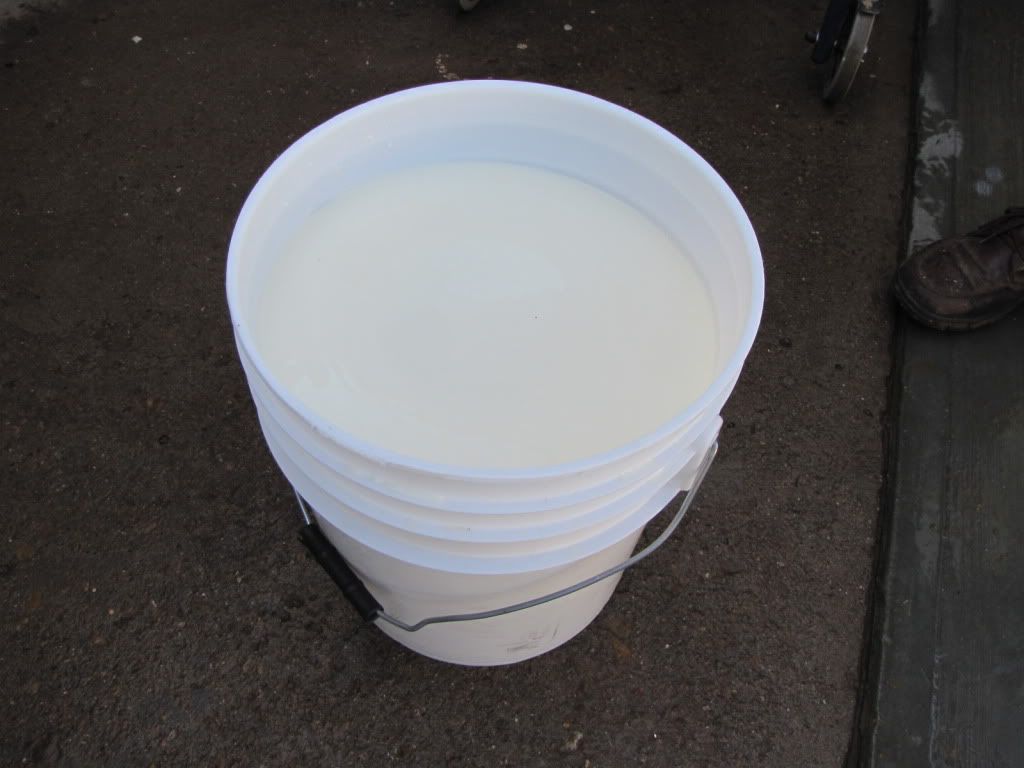
When the milk sits it begins curdling, this is when you mix it a little by hand. You have to do it by hand to be able to feel the consistency of the curd.
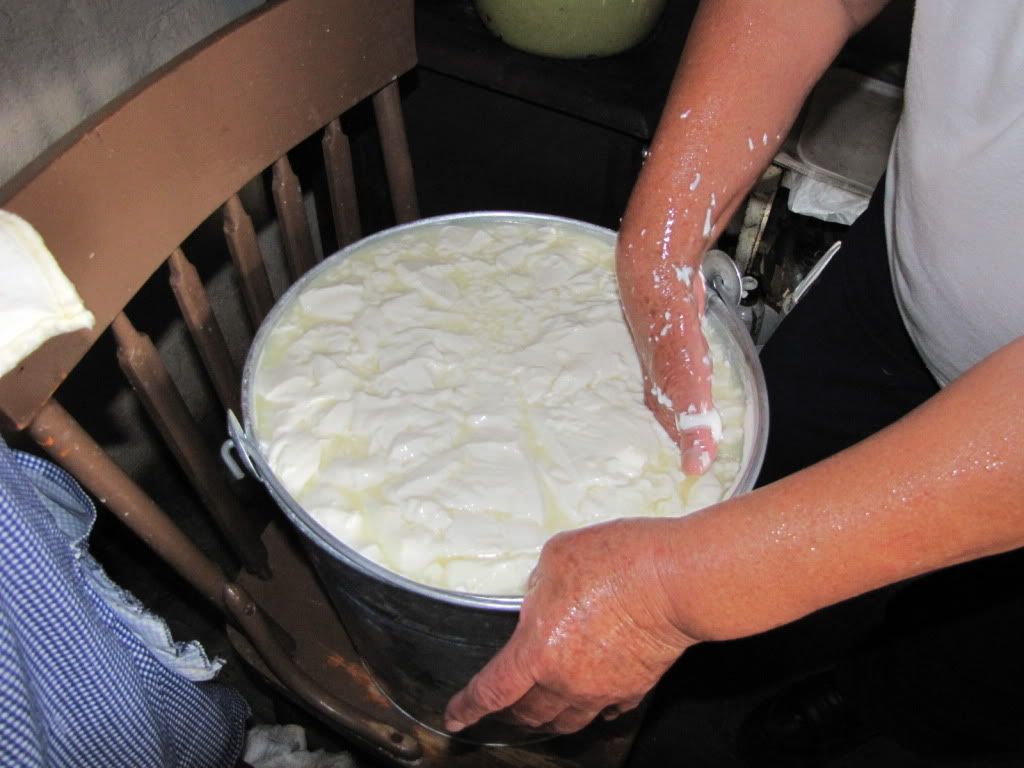
After you’re assured of the consistency and you have stirred the curd off the bottom by mixing it you begin staining the liquid whey



After you have separated as much liquid as possible this is what the curd look like
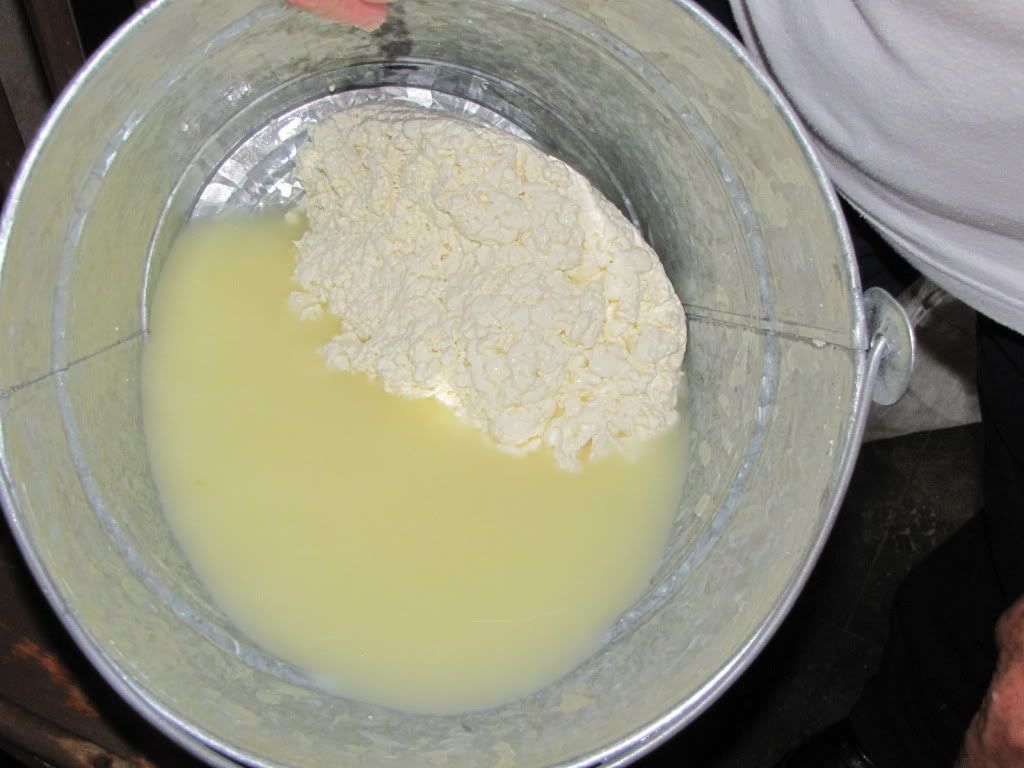
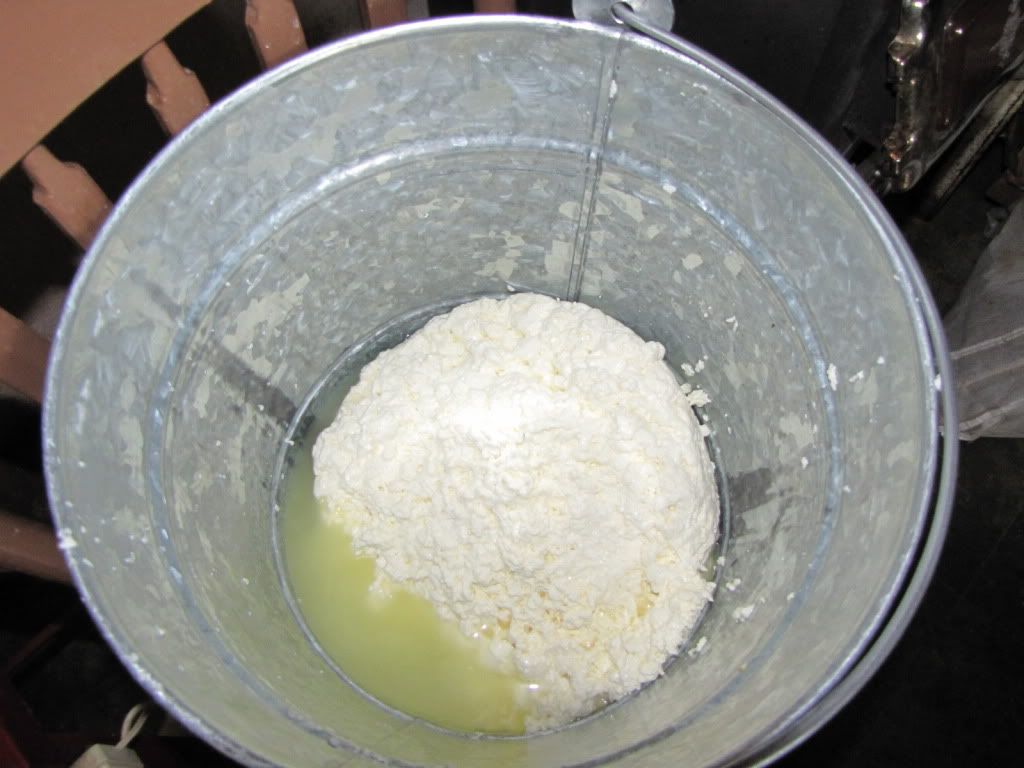
What we have done to make it easier is was to sew a small bag of fabric that in the shape of pouch and when used will act as a filter

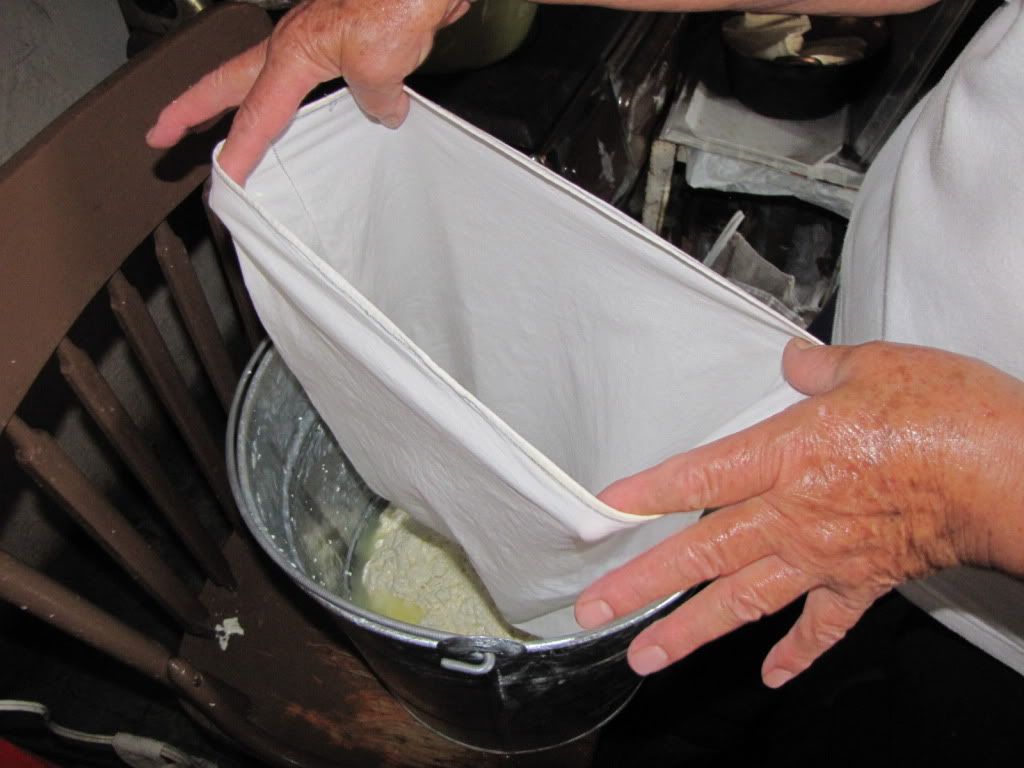
By hanging the pouch over the rim of the bucket and using the handle to hold it in place you can easily begin putting the curd in the pouch
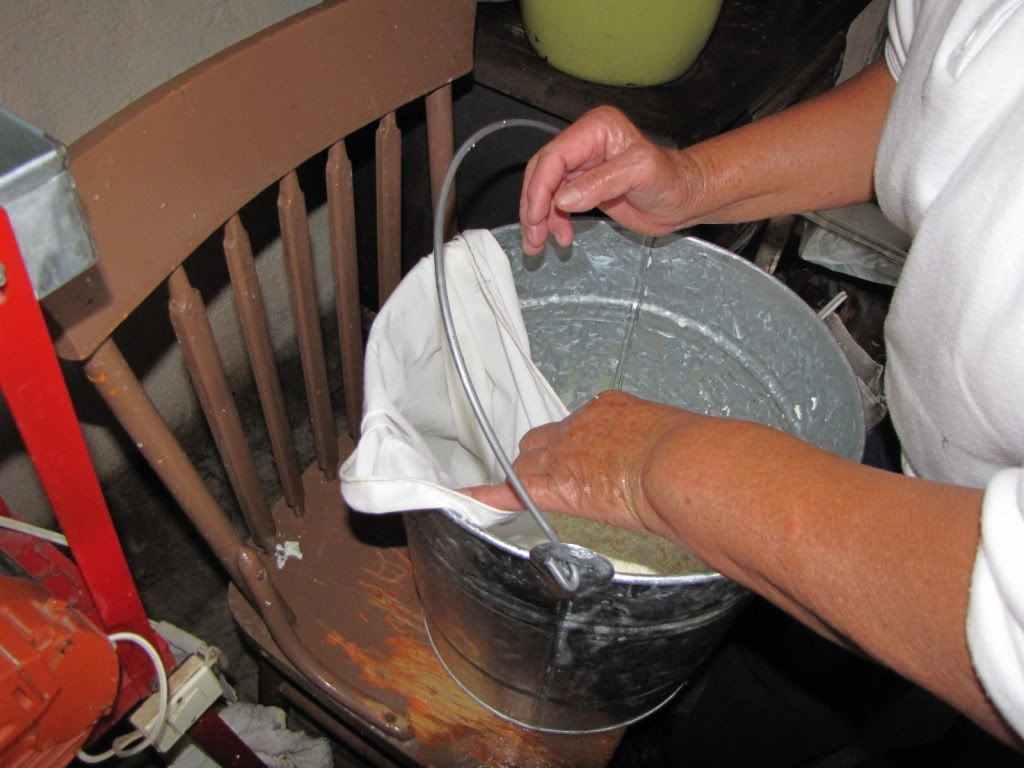
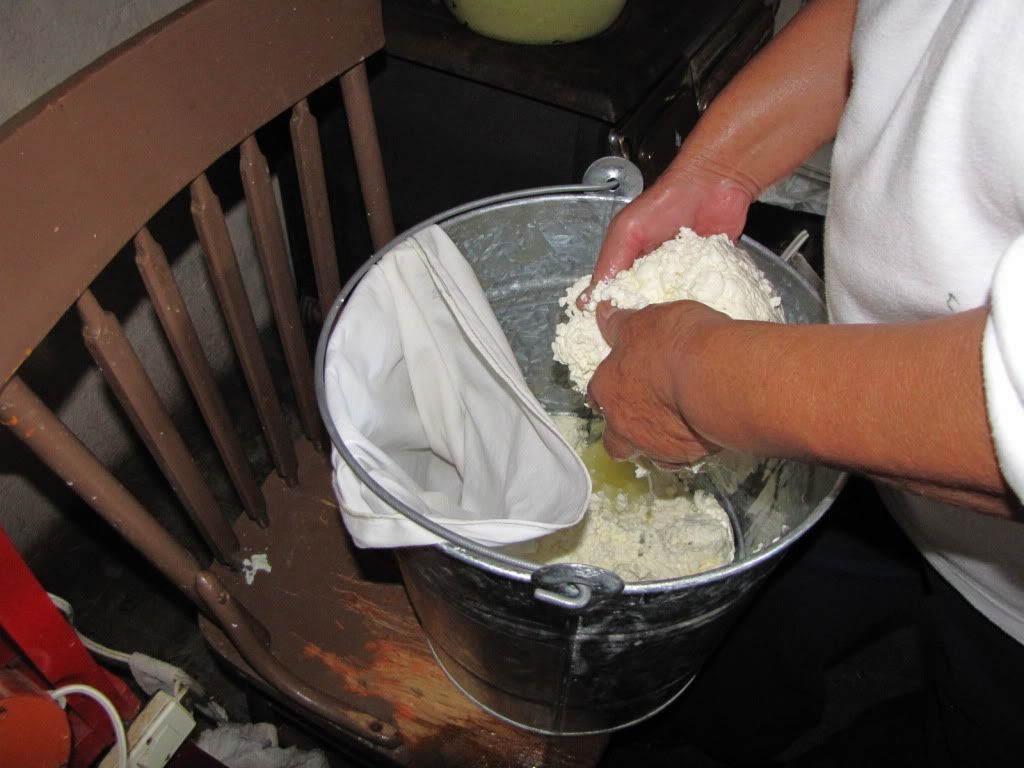
Once the curd is in the bag you use the actual bag as a strainer.
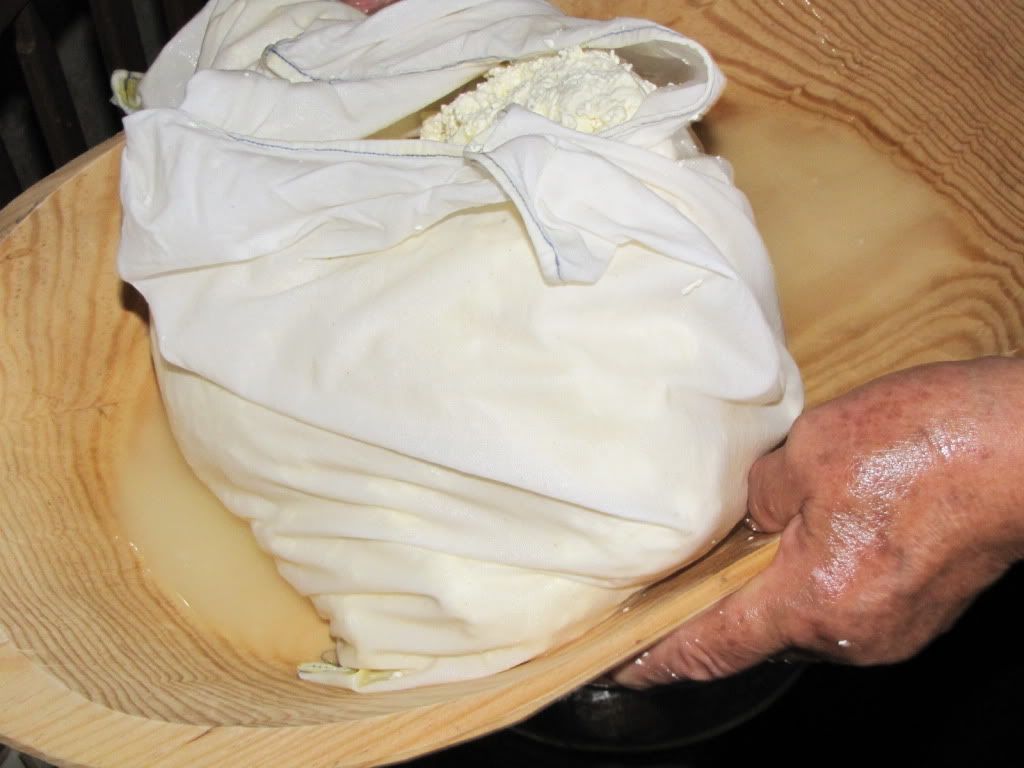
Then you mash the bag and extract the excess liquid
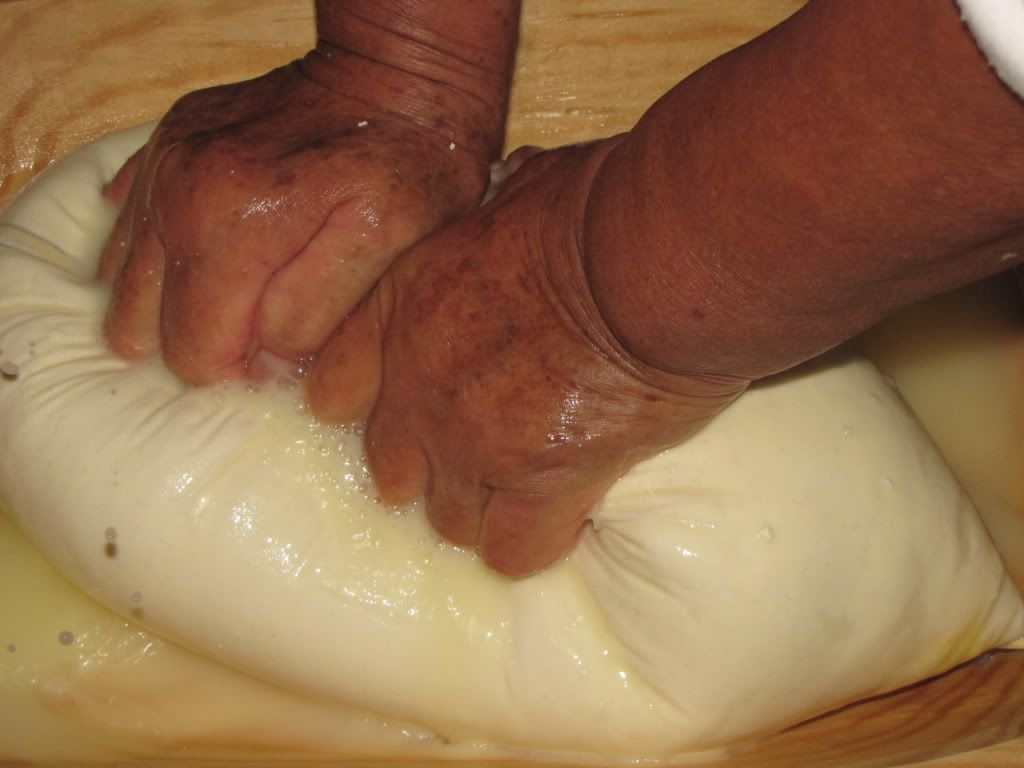
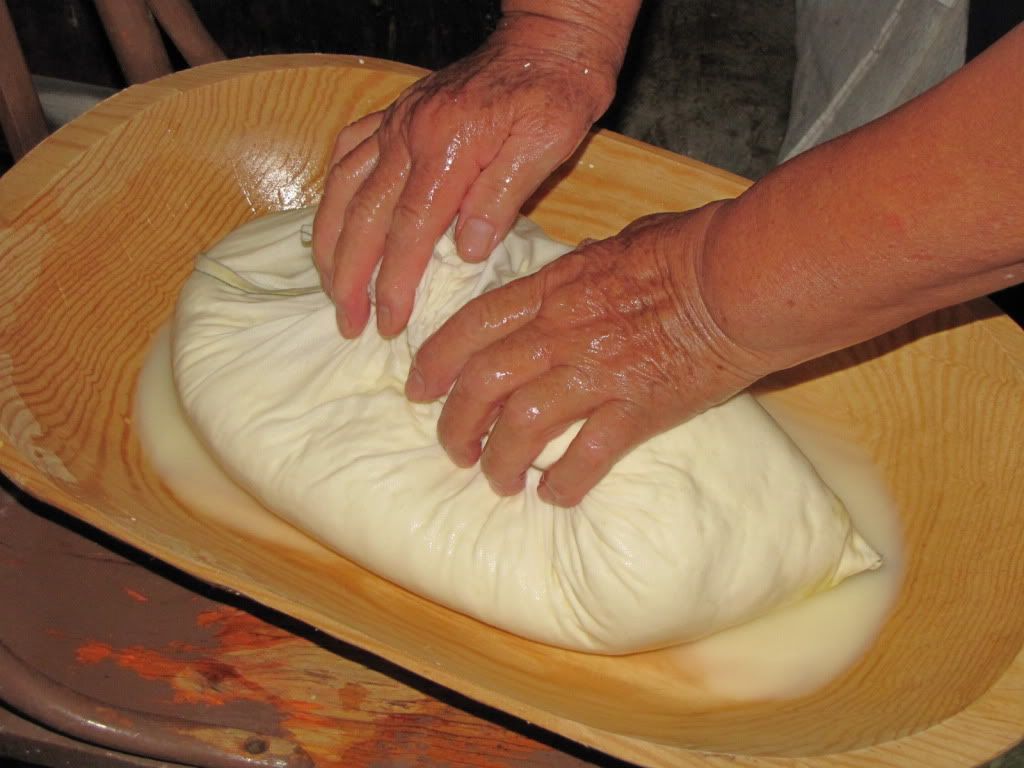
When the mashing is complete you simply drain the excess liquid (whey) into a bucket
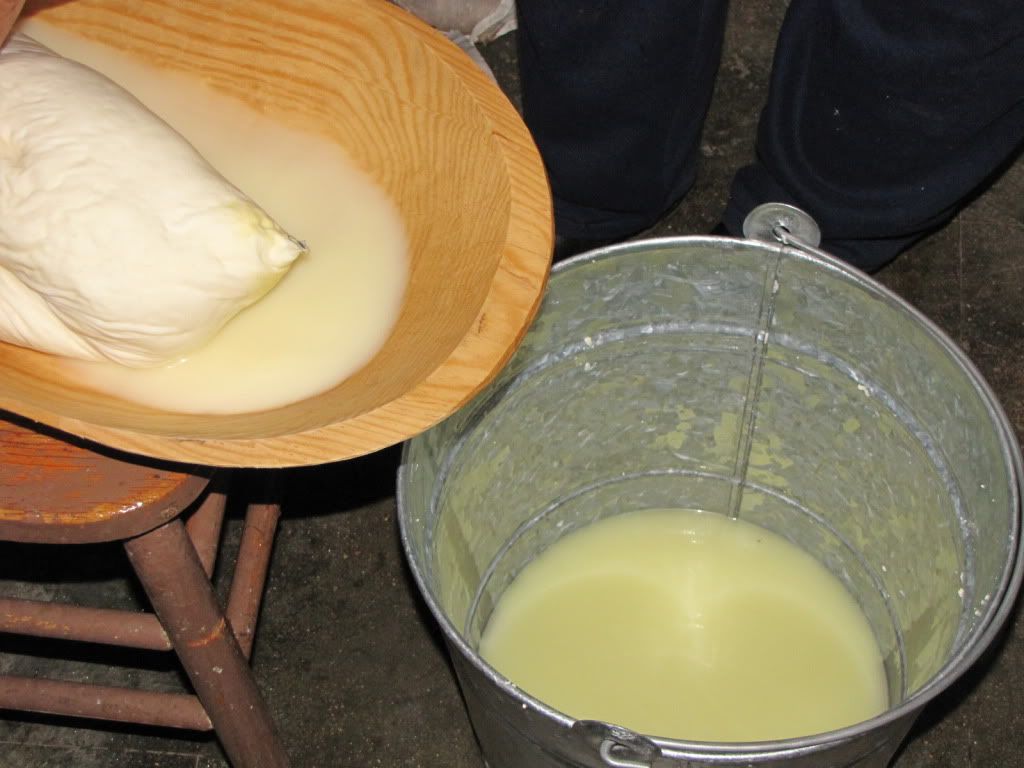
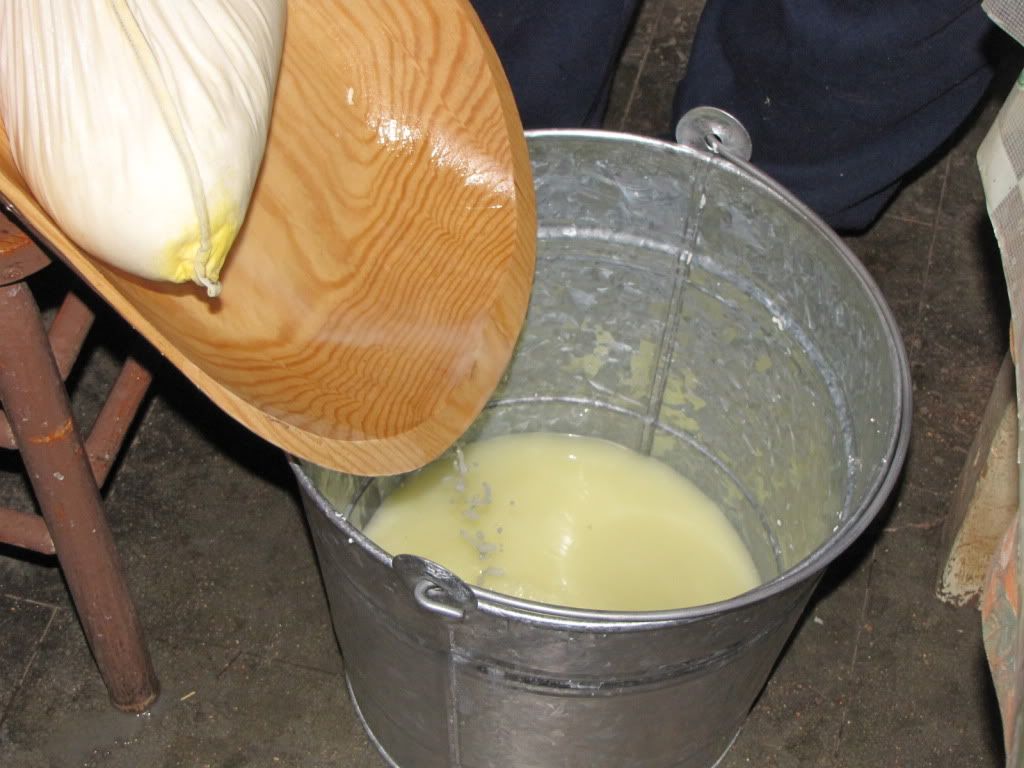

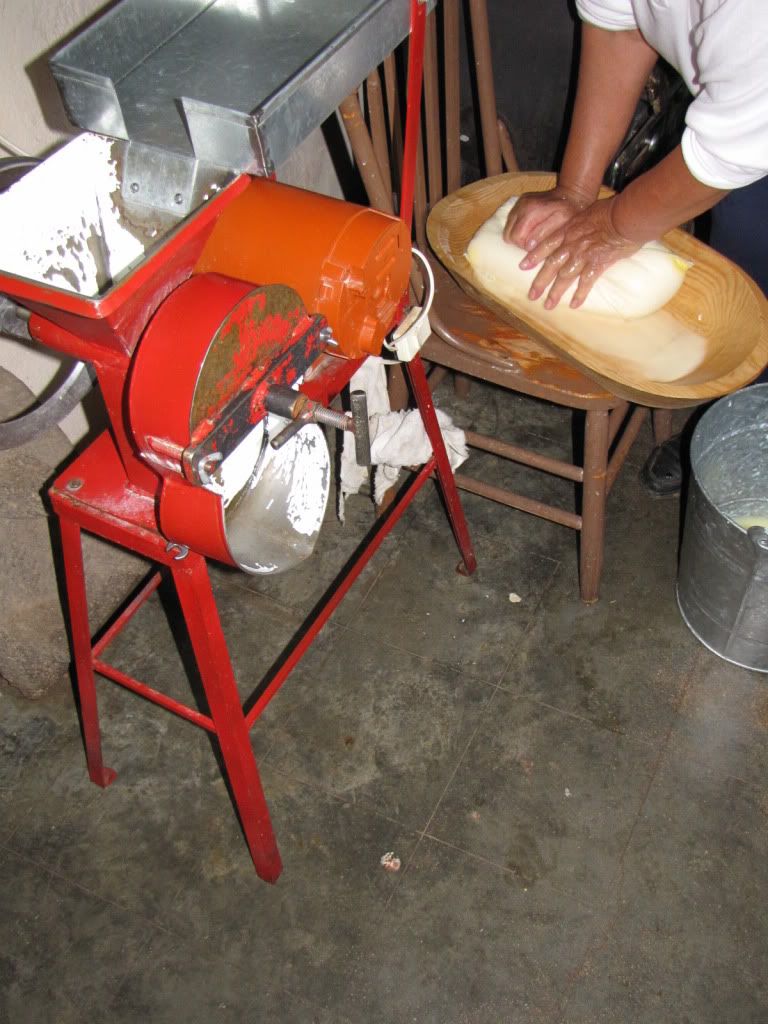
Once the whey is completely strained out you simply place the curd mix on the grinder plate
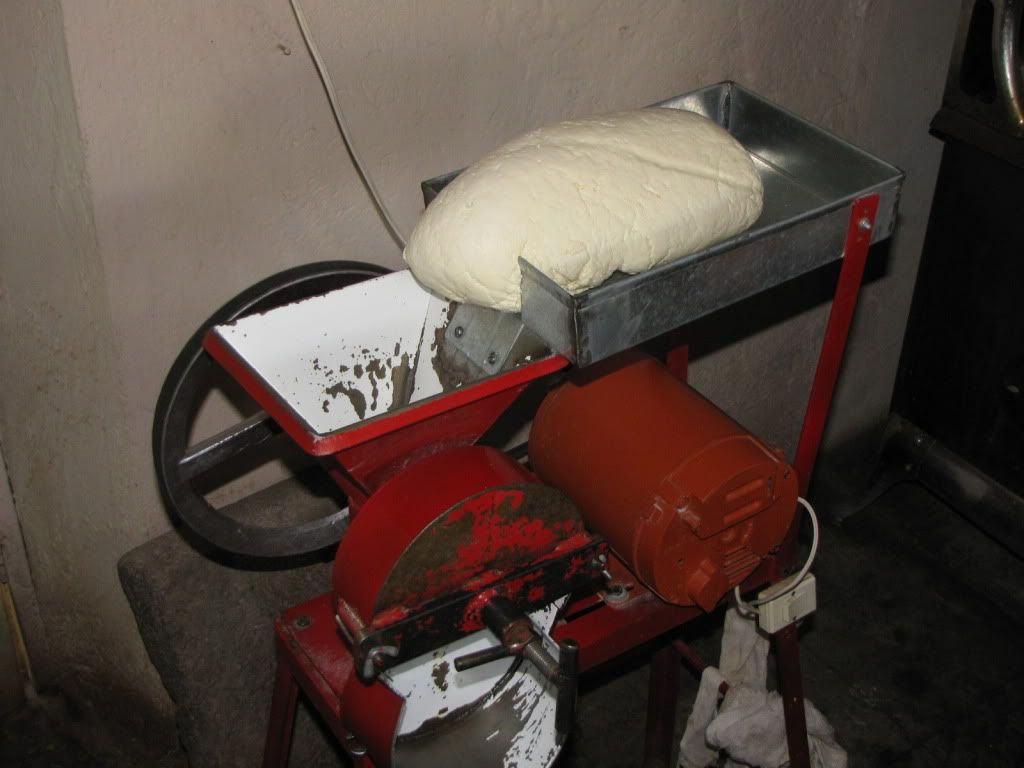

Here is s close up shot

This is our “Modern” electric grinder that makes things easy, and these models are very affordable.
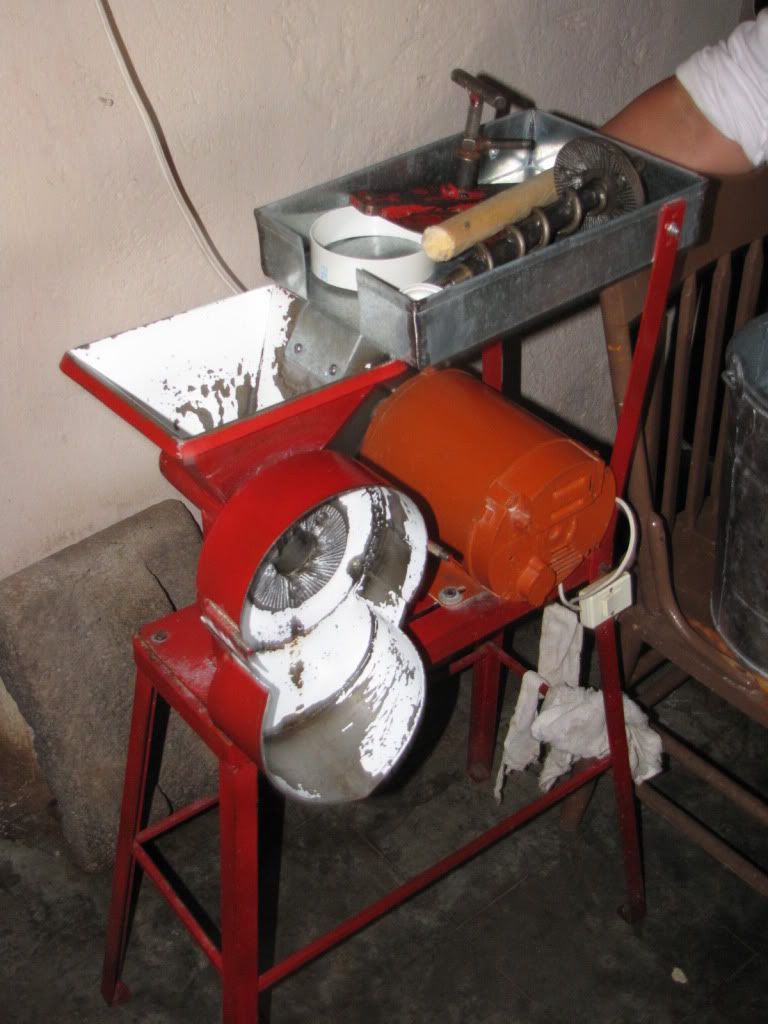
Ok, Ok I know what you’re thinking; what if there isn’t any electricity…
When there is no electricity you will have to have the “Back up” manual hand grinder, which we have two. Believe it or not this particular hang grinder is only about 5 years old, but is in rough shape from almost daily use.
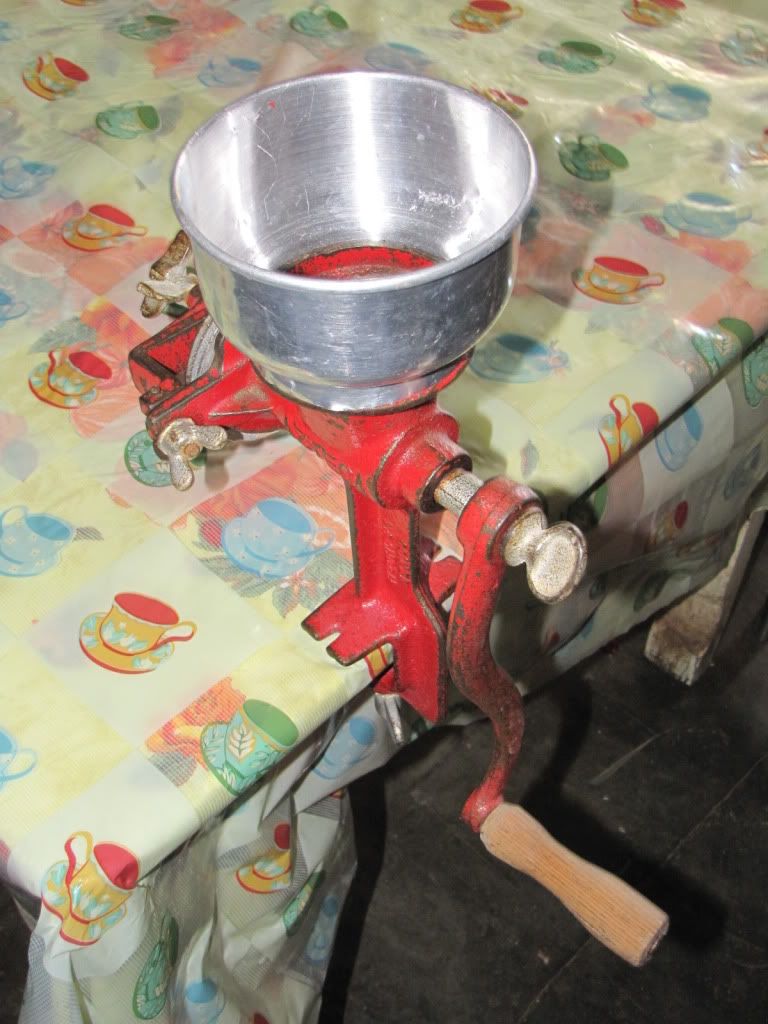
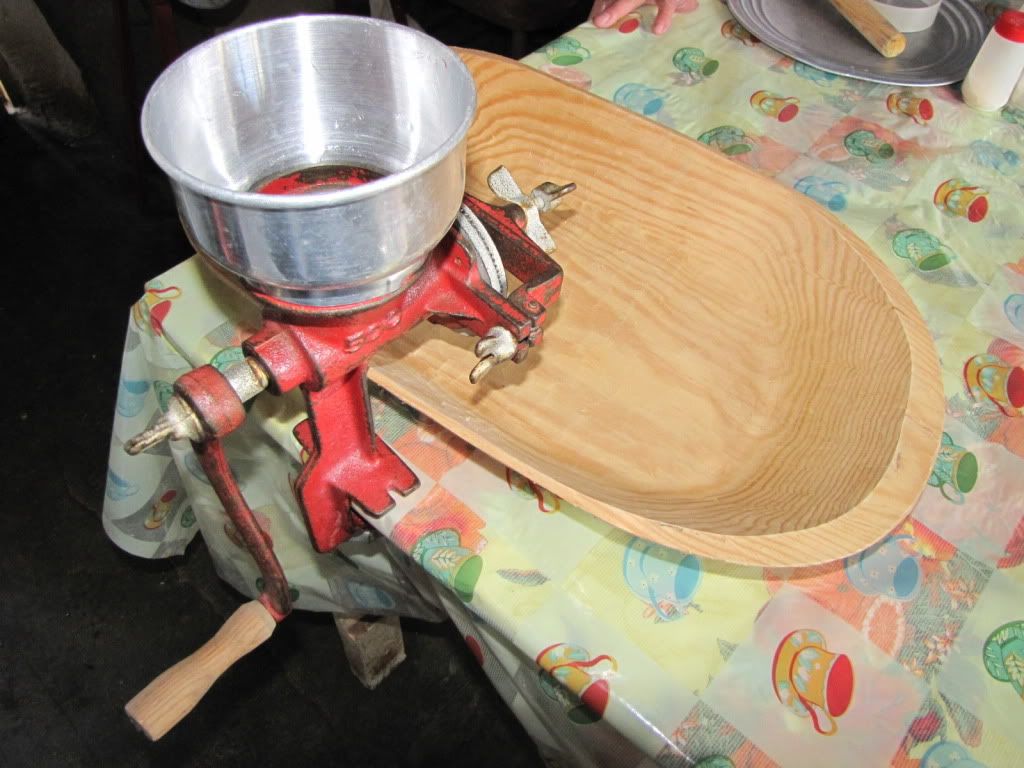
__________________
End of part 1
